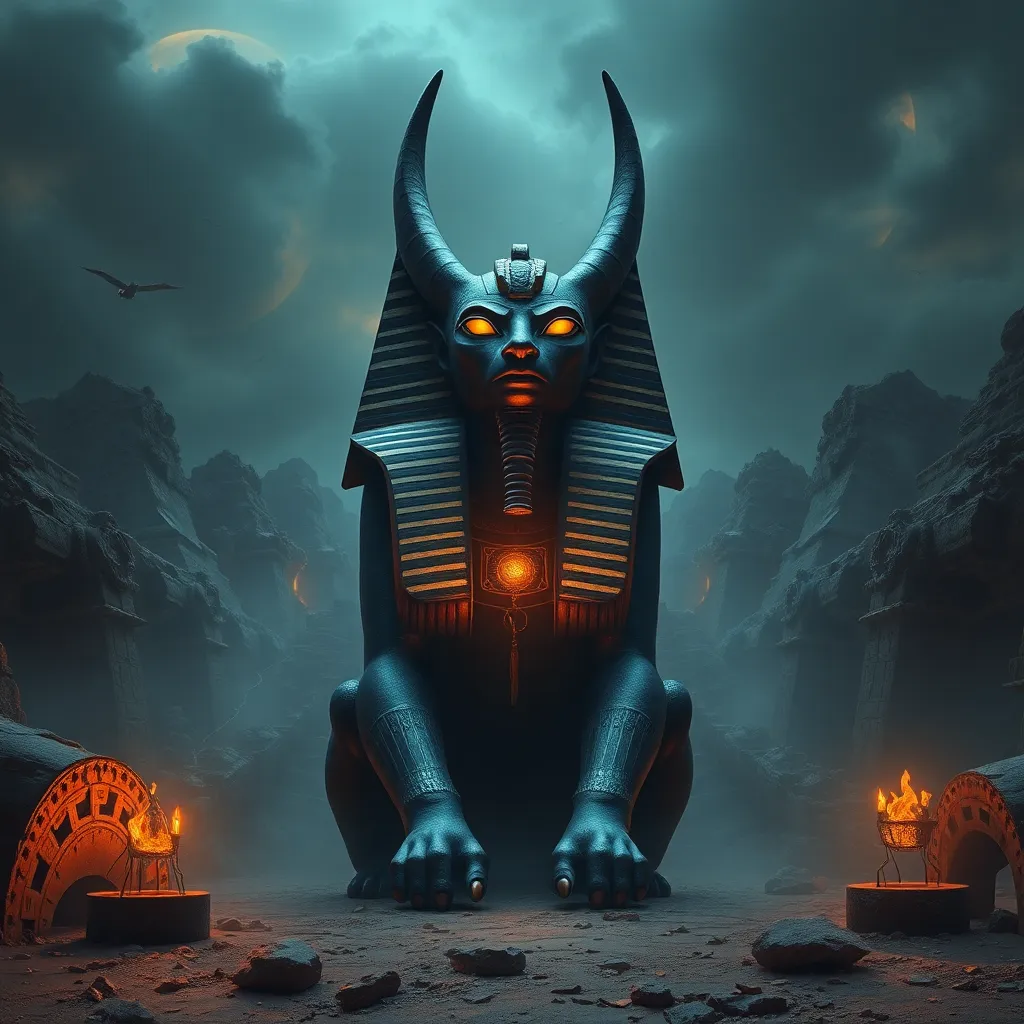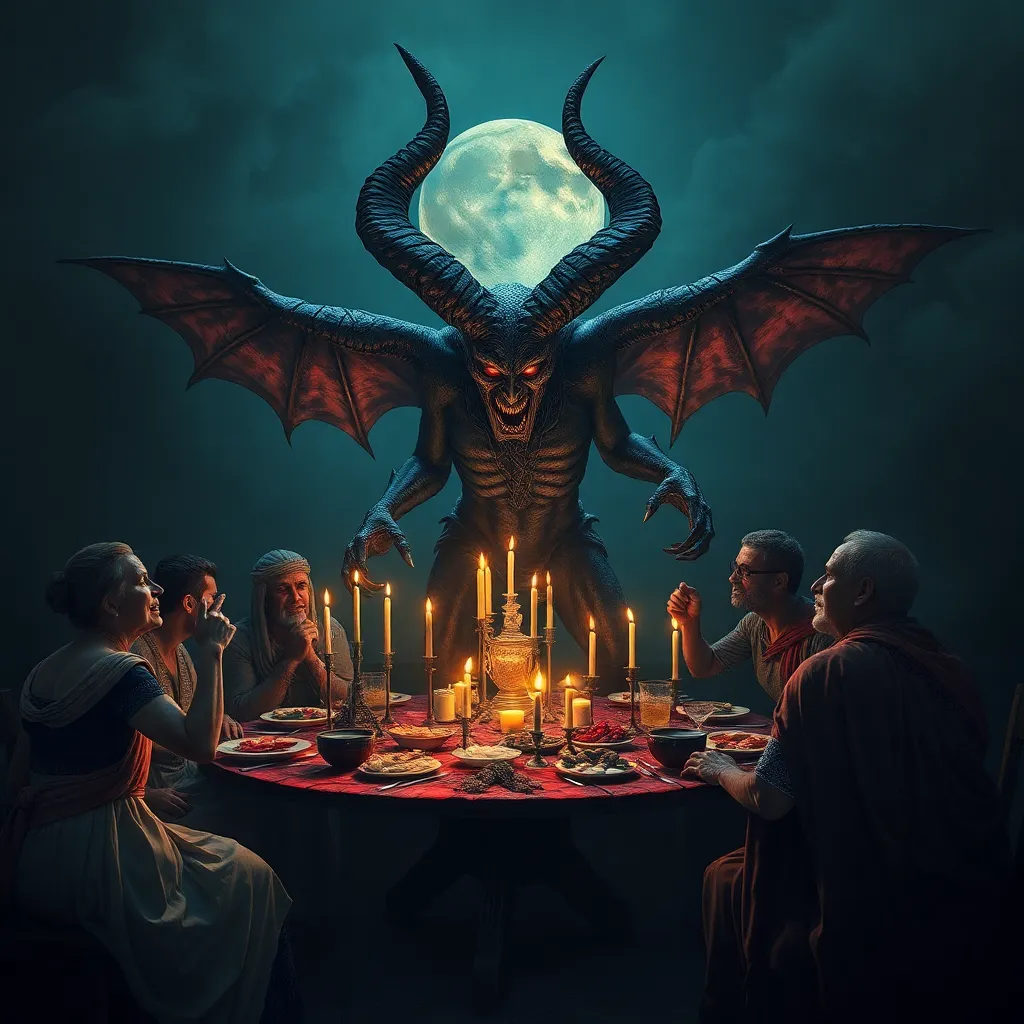The Anubis Myth in Modern Culture: From Literature to Film
I. Introduction
Anubis, the ancient Egyptian deity, has transcended time and culture, emerging as a symbol of the afterlife and judgment. Recognized by his distinct jackal form, Anubis holds a significant place in Egyptian mythology as the protector and guide of souls entering the afterlife. His role was central to burial practices and funerary rituals, reflecting the ancient Egyptians’ beliefs about death and the journey beyond. This article explores the enduring influence of Anubis in modern literature and film, examining how this ancient figure continues to captivate contemporary audiences.
II. Historical Context of Anubis
Anubis played a crucial role in the religious practices of ancient Egypt. As the god of mummification and the afterlife, he was believed to oversee the embalming process and guide the deceased to the Hall of Judgement, where their hearts were weighed against the feather of Ma’at to determine their fate.
- Role in Burial Practices: Anubis was invoked during funerals and was depicted in numerous tomb paintings and artifacts, emphasizing his importance in ensuring safe passage for the dead.
- Symbolism: Often associated with the jackal, Anubis symbolizes protection and guidance. His image as a guardian of the dead highlights the Egyptians’ reverence for the afterlife.
- Evolution: Over centuries, Anubis’s portrayal evolved, adapting to changing cultural contexts while maintaining his core attributes related to death and the afterlife.
III. Anubis in Literature
The character of Anubis has found its way into contemporary literature, often depicted in novels and short stories exploring themes of death, judgment, and the afterlife.
- Novels and Short Stories: Authors such as Rick Riordan in the “Kane Chronicles” series and Neil Gaiman in “American Gods” have integrated Anubis into their narratives, showcasing different facets of his character.
- Interpretations: Writers interpret Anubis in diverse ways, from a benevolent guide to a more sinister figure, reflecting their own perspectives on death and morality.
Thematic elements frequently associated with Anubis in literature include:
- Death and the afterlife
- Judgment and morality
- The journey of the soul
IV. Anubis in Film and Television
Films and TV shows have increasingly featured Anubis, illustrating his multifaceted nature and adapting his mythos for modern storytelling.
- Overview: Productions such as “The Mummy” series and the animated film “The Prince of Egypt” showcase Anubis as a significant character, often tied to themes of adventure and exploration of ancient Egypt.
- Portrayals: Anubis is depicted in various roles, ranging from antagonist to ally. His character offers filmmakers a rich source of conflict and resolution, often exploring themes of redemption and justice.
The visual storytelling in these mediums greatly influences audience perception, portraying Anubis as both a fearsome guardian and a wise protector, depending on the narrative’s needs.
V. Anubis in Video Games
In the realm of video games, Anubis has become a popular figure, often integrated into gameplay mechanics and narratives that emphasize ancient mythology.
- Role in Games: Titles like “Smite,” “Assassin’s Creed: Origins,” and “Gods of Egypt” incorporate Anubis into their lore, allowing players to engage with his character in interactive ways.
- Gameplay Mechanics: Games often utilize Anubis’s mythology to create challenges or quests related to the afterlife, judgment, or protection, enhancing the immersive experience.
Fan communities often interpret Anubis’s character in unique ways, discussing his motivations and significance within the game’s context, further enriching the cultural narrative surrounding him.
VI. Cultural Significance and Symbolism
The resurgence of interest in Egyptian mythology in modern culture has brought Anubis to the forefront of contemporary storytelling.
- Mystery and the Unknown: Anubis embodies the mystery surrounding death and the afterlife, captivating audiences with his enigmatic nature.
- Cross-Cultural Influences: Anubis’s image has been adapted across various cultures, influencing art, literature, and media worldwide.
VII. Critiques and Misinterpretations
Despite Anubis’s popularity, there are critiques regarding his representation in popular media.
- Misrepresentation: Many portrayals oversimplify or distort Anubis’s character and significance, often leading to misconceptions about ancient Egyptian beliefs.
- Cultural Appropriation vs. Appreciation: The fine line between appreciating ancient cultures and appropriating their symbols raises questions about ethical representation in modern adaptations.
Balancing entertainment with accurate mythological representation is crucial for fostering a deeper understanding of Anubis’s legacy.
VIII. Conclusion
In summary, Anubis’s impact on modern culture is profound, reflecting his enduring significance as a symbol of death, judgment, and the afterlife. His presence in literature, film, and video games illustrates the timeless appeal of ancient myths, resonating with contemporary audiences. As storytelling continues to evolve, Anubis will likely remain a compelling figure, bridging the gap between ancient beliefs and modern narratives.
The legacy of Anubis will persist, inviting future generations to explore the rich tapestry of mythology and its relevance in today’s world, reminding us of the universal themes of life, death, and what lies beyond.
https://www.youtube.com/watch?v=7k7cyqYp2qQ



